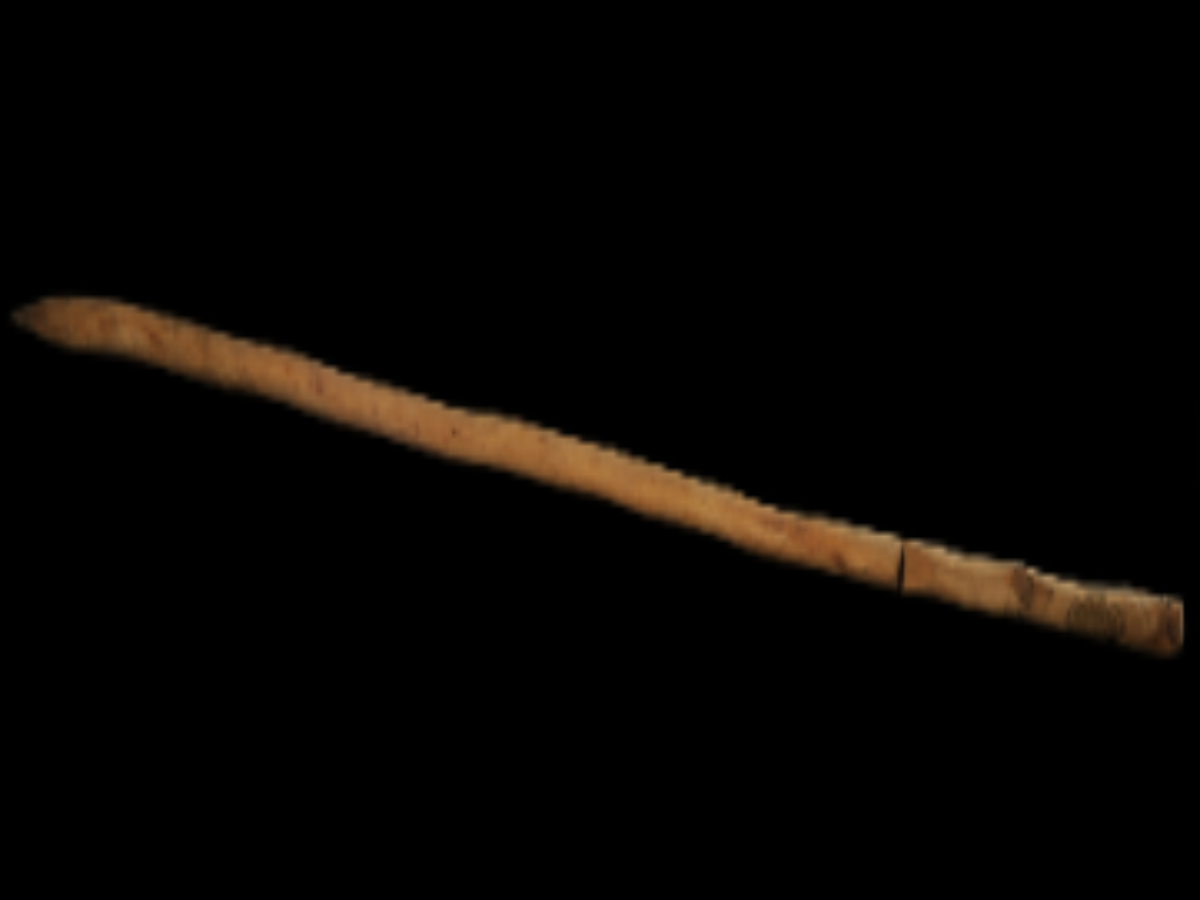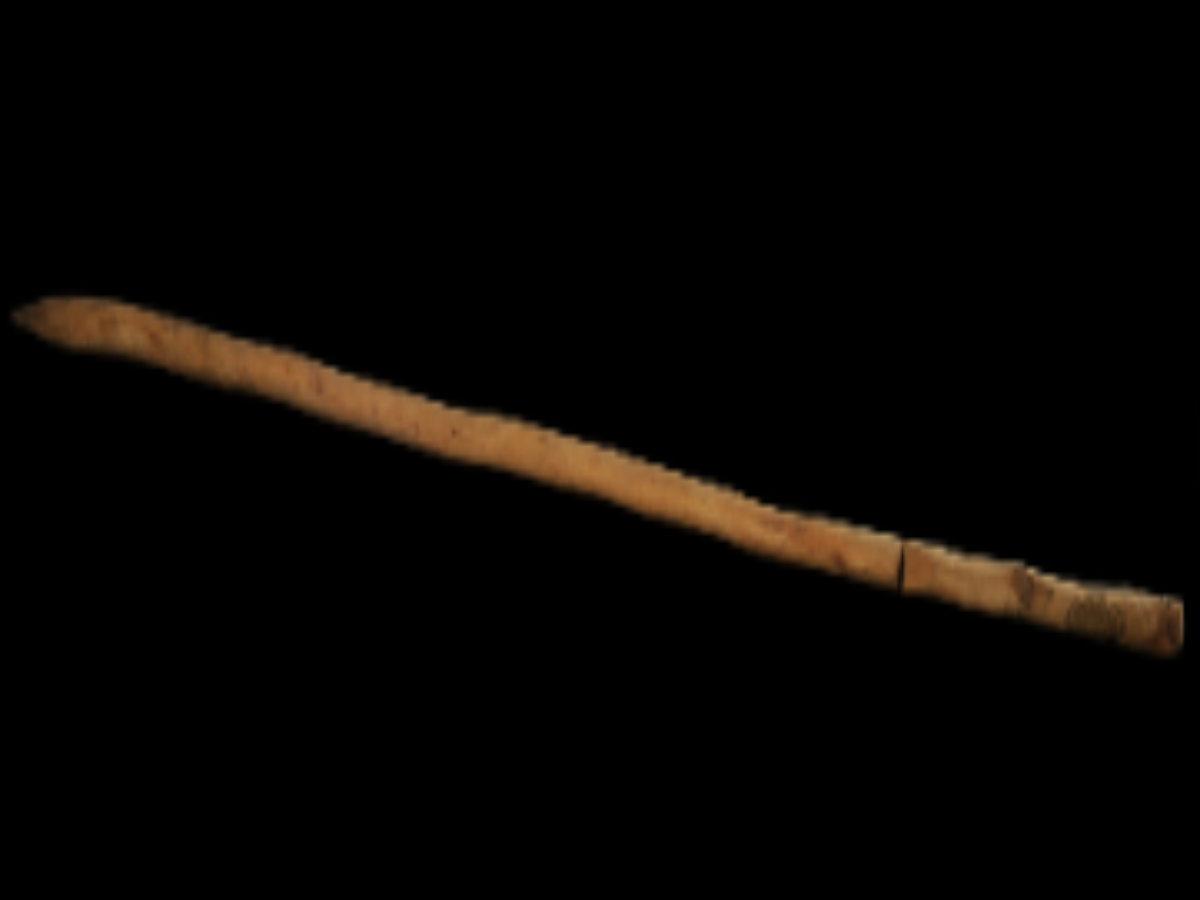State
Tribe Name
Art Type
short description
The Birhor, an indigenous group PVTGs, inhabit chiefly the forested region of Jharkhand, comprising the Hazaribagh, Chatra, and Latehar districts. The Birhor know how to conserve the ecosystem and are fully dependent on it. Their very simple yet effective tool for digging is distinguished by simple hand-made tools from nature such as the very simple but efficient digging stick referred to as Highar. This would be a straight tree branch, selected for strength and durability, used to make the digging stick. The stick is sharpened at one end to form a pointed tip that easily drives into the soil. The stick is mainly used by the Birhor for digging out roots and tubers or in loosening the soil for small cultivation and gathering.
Thumbnail

Filter Postion
Left
Filter Background
Off
Theme
Filter Header Image

content
Image

description
The Birhor, an indigenous group PVTGs, inhabit chiefly the forested region of Jharkhand, comprising the Hazaribagh, Chatra, and Latehar districts. The Birhor know how to conserve the ecosystem and are fully dependent on it. Their very simple yet effective tool for digging is distinguished by simple hand-made tools from nature such as the very simple but efficient digging stick referred to as Highar. This would be a straight tree branch, selected for strength and durability, used to make the digging stick. The stick is sharpened at one end to form a pointed tip that easily drives into the soil. The stick is mainly used by the Birhor for digging out roots and tubers or in loosening the soil for small cultivation and gathering.
The use of Highar is crucial for the Birhor people in subsistence farming and foraging in the forest. It sums up their knowledge of the forest, sustainable living, and ingenuity. These biodegradable, non-metal implements stand as a critique to the eco-friendly ethos of the tribe, which disrupts none of their surroundings. Beyond being an agricultural tool, the Highar stands for the Birhor cultural identity, being the representation of how indigenous knowledge systems and traditional practices have sustained this tribe and given them resilience in an ever-changing world.
The use of Highar is crucial for the Birhor people in subsistence farming and foraging in the forest. It sums up their knowledge of the forest, sustainable living, and ingenuity. These biodegradable, non-metal implements stand as a critique to the eco-friendly ethos of the tribe, which disrupts none of their surroundings. Beyond being an agricultural tool, the Highar stands for the Birhor cultural identity, being the representation of how indigenous knowledge systems and traditional practices have sustained this tribe and given them resilience in an ever-changing world.
Image Mode
landscape
promoted
On
Verified
Off
